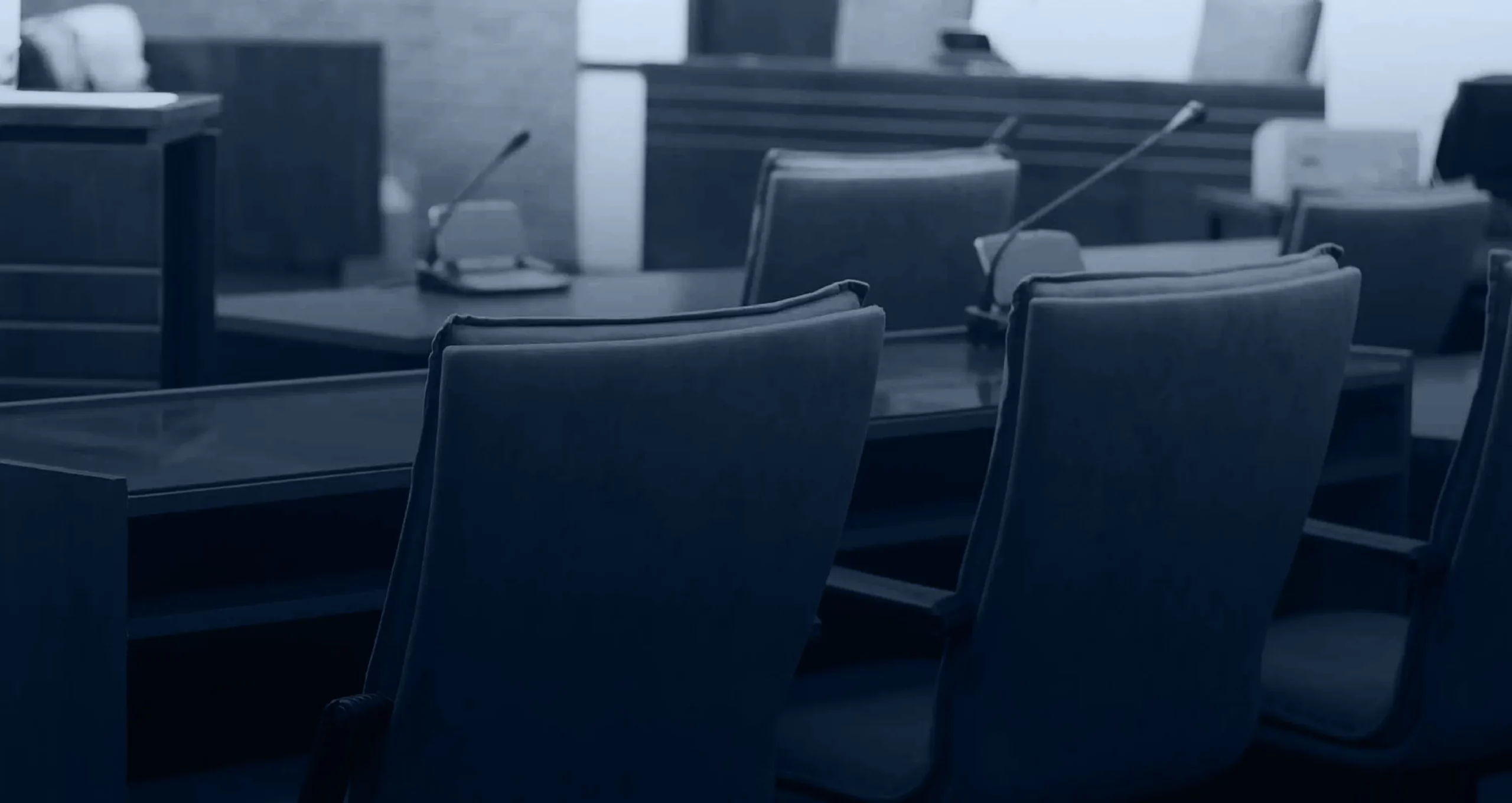
Broken bones are common injuries in accidents. The average American will break two bones during their lifetime. As a result, doctors in the U.S. treat nearly 7 million fractures annually.
Most of these fractures heal with no complications. And although a broken bone can disable you, most people regain all their pre-injury abilities after the bone heals. However, in some cases, broken bones cause long-term complications that interfere with your ability to earn a living or care for yourself.
Overview of The Skeleton
Your musculoskeletal system includes two parts. The skeleton includes all of your bones. The soft tissues hold the skeleton together and give it movement and strength.
Bones give structure to your body by providing a rigid scaffold for your soft tissues. They protect your organs and store minerals. The long bones also include bone marrow that creates new blood cells.
Bone cells are alive like all of your body’s cells. Blood vessels run throughout the bones to deliver oxygen to the bone cells. Oxygen keeps the bone cells alive and enables them to build and maintain the bone matrix. The blood vessels also pick up the new blood cells created in the bone marrow.
How Bone Fractures Happen
Bones break when the forces on them exceed their inherent material strength. With repetition or enough additional force, cracks can propagate across the entire bone.
Some types of trauma that can cause bone fractures include:
Bending Forces
Bending forces torque the bone and can cause it to snap. These forces happen when one end of the bone gets pushed relative to the other end. The bone will bend and then break.
These injuries can happen in almost any type of accident. Your leg could get caught under your motorcycle as it falls over during a motorcycle accident. Or your hand could get trapped in the rotating parts of a machine in a workplace accident.
Impacts
An impact on your body can fracture your bones. An impact happens when you get hit by a quick, sharp force. These forces can transfer an enormous amount of energy into your bone and cause it to fracture.
Impact forces commonly come from traffic crashes. The impact of a car bumper on your leg in a pedestrian accident can break your leg. Similarly, when your head impacts the door frame in a car accident, the impact can fracture your skull.
Crushing Forces
Crushing forces happen when pressure gets applied over an area of your body. These forces can shatter your bones.
Crushing forces can happen when something falls on you. They can also happen when a vehicle pins you in a traffic crash or workplace accident.
Repetitive Stresses
Repetitive stresses weaken bones by creating microscopic cracks. These cracks could heal if you have time to rest. But if you repeat the activity that has stressed your bones, the cracks will grow instead of healing. Over time, the cracks will propagate into a stress fracture.
These injuries often happen to workers who perform repetitive motions during their employment. People who do a lot of walking, bending, or lifting in their jobs have an increased risk of stress fractures.
Classifying Broken Bones
Bone fractures get classified based on three characteristics of the break:
Shape
The shape of the bone fracture will depend on the forces that cause it. Some examples of fracture shapes and their causes include:
- Transverse fractures across the bone caused by bending forces
- Spiral fractures around the bone caused by twisting forces
- Impacted fractures where the bone gets pushed into itself by compression forces
- Comminuted fractures producing three or more bone fragments resulting from crushing forces
The shape of a fracture can affect your treatment plan and prognosis. A comminuted fracture, for example, will require surgery to reconstruct the bone and could take a year or longer to heal.
Displacement
Displacement refers to what happens to the bone fragments after they break apart. If the bone fragments remain aligned, you have a non-displaced fracture. These fractures are the easiest to treat and the quickest to heal. A doctor simply needs to apply a cast over the broken bone to stabilize the injury. Your bone should heal in six to eight weeks.
On the other hand, if the bone fragments move out of alignment after the injury, you have a displaced fracture. Before the bone can heal, a doctor will need to align the broken pieces.
Doctors can set a bone with external manipulation. They may also need to perform surgery to set the bone. In either case, the doctor will apply a cast after setting the bone to align the ends.
Accompanying Wound
Doctors also classify broken bones using the wound that accompanies the fractures. If you have no open wound, you have a closed fracture. The bone may still be displaced. But it did not displace enough to break the skin.
When you have an open wound, you have an open fracture. The bone may protrude from the wound, producing a gruesome injury. To treat an open fracture, doctors need to realign the bone and close the wound before applying a cast. Open fractures are susceptible to infections.
Contact a Chicago Personal Injury Lawyer for Help
You can pursue injury compensation if someone else’s action broke your bone. These actions can include intentional actions, like road rage or assault. They can also include negligent actions, like running a red light or failing to yield to you while you are in a crosswalk.
Your compensation can cover both your economic and non-economic losses. Your economic losses come from medical treatments and missed work. Your non-economic losses come from your diminished quality of life due to emotional distress and physical pain.Broken bones can produce severe pain and long-term complications like arthritis. Contact us at (312) 726-1616, to speak to one of our experienced lawyers to discuss your broken bones and the injury compensation you can seek with a Chicago personal injury lawyer at Zayed Law Offices Personal Injury Attorneys.







